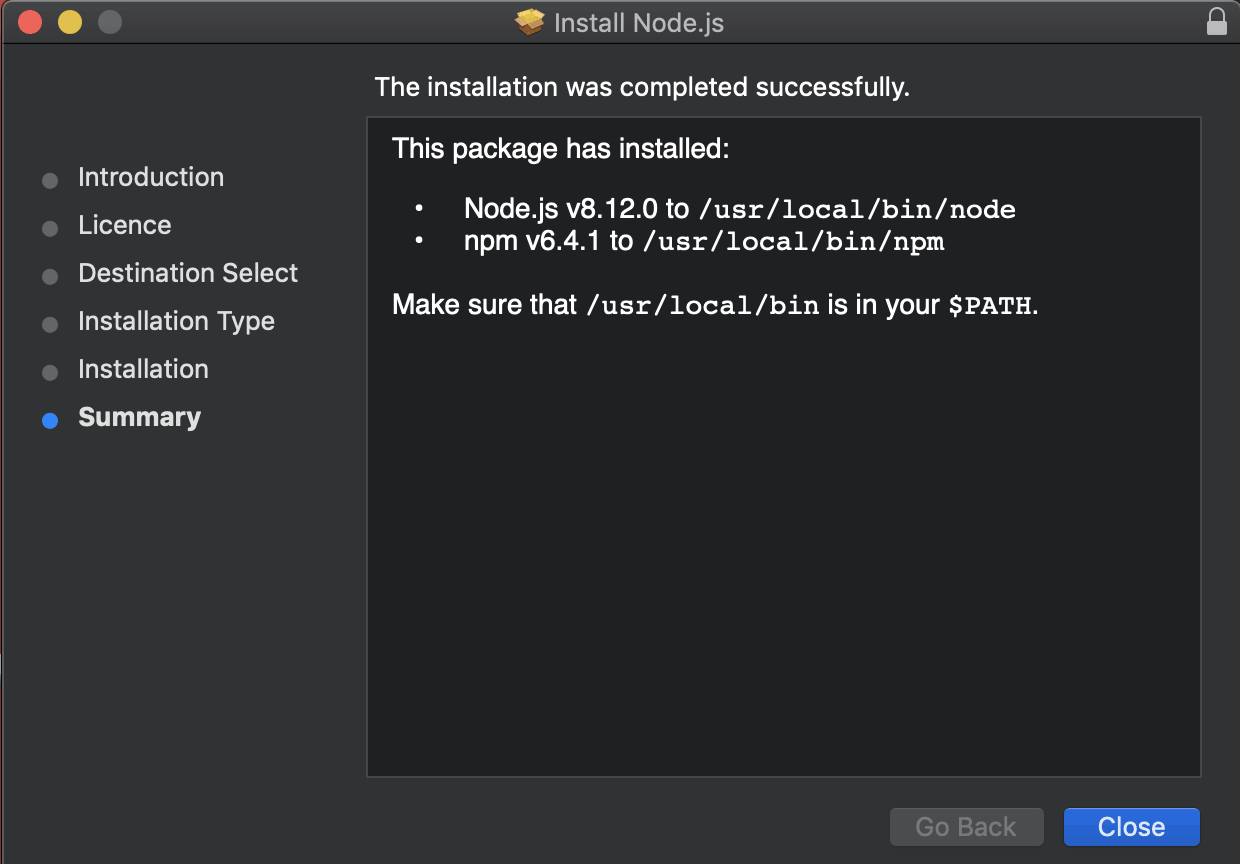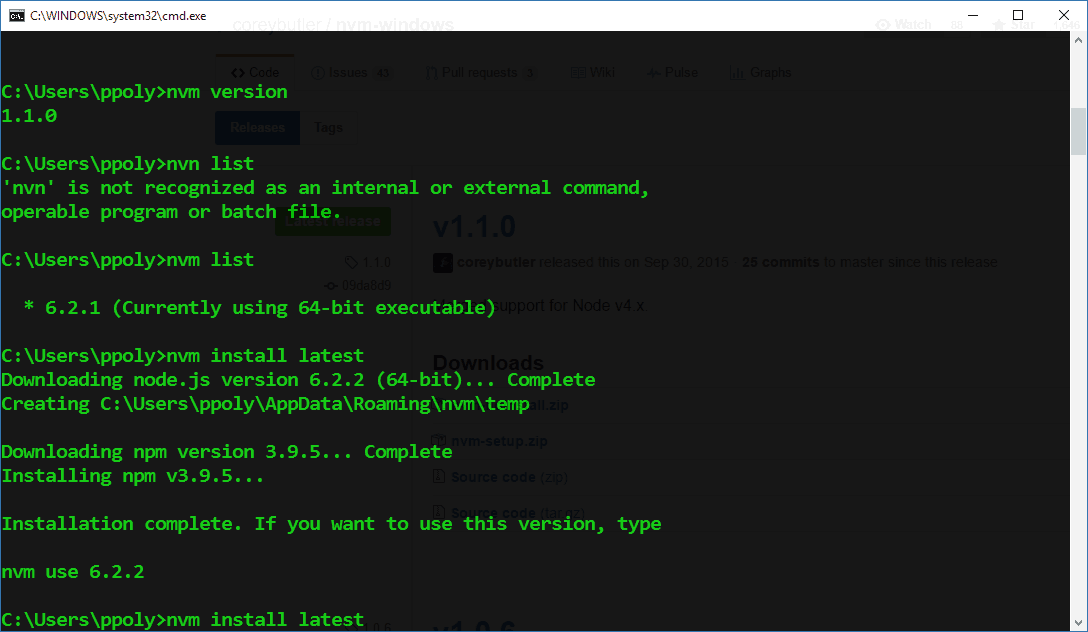Use Software Update to find and install updates for macOS, built-in apps like Safari, and apps downloaded from the App Store. Use Software Update Choose System Preferences from the Apple menu, then click Software Update to check for updates. Updating using a Node installer on macOS and Windows. Another way of updating your Node.js on macOS and Windows is to go to the official download site and install the most recent version. This way, it’ll overwrite your existing old version with the latest one. You can follow the following steps to update it using this method. If you’re using an older version of macOS or Windows, you can still get older, standalone versions of 1Password. Remember that these versions are no longer supported and only receive important security updates. 1Password 6.8.9 for Mac. OS X El Capitan 10.11, OS X Yosemite 10.10. 1Password 4.4.3 for Mac. OS X Mavericks 10.9, OS X Mountain Lion. Macos newest update. MacOS Big Sur is now available to download. Screenshot by Sarah Tew/CNET Apple's latest operating system MacOS Big Sur is now available for download as a free software update for all users, so. This document describes the security content of macOS Big Sur 11.2, Security Update 2021-001 Catalina, Security Update 2021-001 Mojave.
What’s Node.js® and NPM?
- Follow the steps on the How to Install Homebrew on a Mac instruction guide to install Homebrew. Installation Overview. Installing Node.js® and NPM is pretty straightforward using Homebrew. Homebrew handles downloading, unpacking and installing Node and NPM on your system. The whole process (after you have Homebrew installed) should only take.
- Fortunately, for Windows users, the Node.js® installation process is a lot easier than how I recommend installing Node.js® on a Mac. Node isn’t a program that you simply launch like Word or Photoshop: you won’t find it pinned to the taskbar or in your list of Apps.
- In order to provide the best performance (and other optimisations), nvm will download and install pre-compiled binaries for Node (and npm) when you run nvm install X. The Node project compiles, tests and hosts/provides these pre-compiled binaries which are built for mainstream/traditional Linux distributions (such as Debian, Ubuntu, CentOS.
Install Node.js and npm. There are several ways you can install Node.js. The easiest approach is to download the package for your platform directly from the Nodejs.org website’s Downloads page and run the installation program. This is definitely the way to go if you’re a Windows user, but this approach works for MacOS and Linux as well. If you work with a lot of different Node.js utilities, you know that sometimes you need to quickly switch to other versions of Node.js without hosing your entire machine. That's where you can use nvm to download, install, and use different versions of Node.js: nvm install 4.0 At any given time you can switch to another with use: nvm use 0.12.
Node.js® is a JavaScript-based environment which you can use to create web-servers and networked applications. You can also use it to perform helpful tasks on your computer such as concatenating and minifying JavaScript files and compiling Sass files into CSS.
NPM is a “package manager” that makes installing Node “packages” fast and easy. Install mysql on macos sierra. A package, also called a module, is just a code library that extends Node by adding useful features. For example, the “request” module simplifies the process of making HTTP requests so you can easily get web resources from other sites.
NPM is installed when you install Node.js®
Although there is a Mac installer program on the Node website, we recommend using Homebrew to install and update Node.

Prerequisites
- You should have some familiarity with the Mac Terminal application since you’ll need to use it to install and test Node and NPM. You’ll also need the Terminal to use Node.js and NPM. The Terminal application is located in the Utilities folder in the Applications folder.
- Dependencies. Although you can install Node in other ways, we recommend using Homebrew. Homebrew lets you avoid possible security problems associated with using the
sudocommand to install software like Node and Node modules.- Install Homebrew. Follow the steps on the How to Install Homebrew on a Mac instruction guide to install Homebrew.
Installation Overview
Installing Node.js® and NPM is pretty straightforward using Homebrew. Homebrew handles downloading, unpacking and installing Node and NPM on your system. The whole process (after you have Homebrew installed) should only take you a few minutes.
Installation Steps
- Open the Terminal app and type
brew update. This updates Homebrew with a list of the latest version of Node. - **Type
brew install node. - Sit back and wait. Homebrew has to download some files and install them. But that’s it.
Test it!

Make sure you have Node and NPM installed by running simple commands to see what version of each is installed:

- Test Node. To see if Node is installed, type
node -vin Terminal. This should print the version number so you’ll see something like thisv0.10.31. - Test NPM. To see if NPM is installed, type
npm -vin Terminal. This should print the version number so you’ll see something like this1.4.27
Node Js Install On Mac
How to Update Node and NPM
New versions of Node and NPM come out frequently. You can use Homebrew to update the software it installs.
Adobe flash update safari. The easiest way to check which version of Flash Player you have, and whether you need to update it, is to go to Adobe’s Flash Player Help web page. You can also check in Safari by going to Safari Preferences, then Websites. It's no longer possible to download any Flash Player software, and major web browsers such as Chrome, Safari, and Firefox no longer include their own Flash players. Although you can no longer update Flash, there are a couple of regularly-updated Flash alternatives that can fill the Flash void. Uninstalling Flash Player will help secure your system since Adobe will not issue Flash Player updates or security patches after the EOL Date. Adobe blocked Flash content from running in Flash Player beginning January 12, 2021 and the major browser vendors have disabled and will continue to disable Flash Player from running after the EOL Date.
- Make sure Homebrew has the latest version of the Node package. In Terminal type
brew update - Upgrade Node:
brew upgrade node
How to Uninstall Node and NPM
Node Js Install On Mac
You can use Homebrew to uninstall packages that it installed:

Node Js Install On Macbook
brew uninstall node
